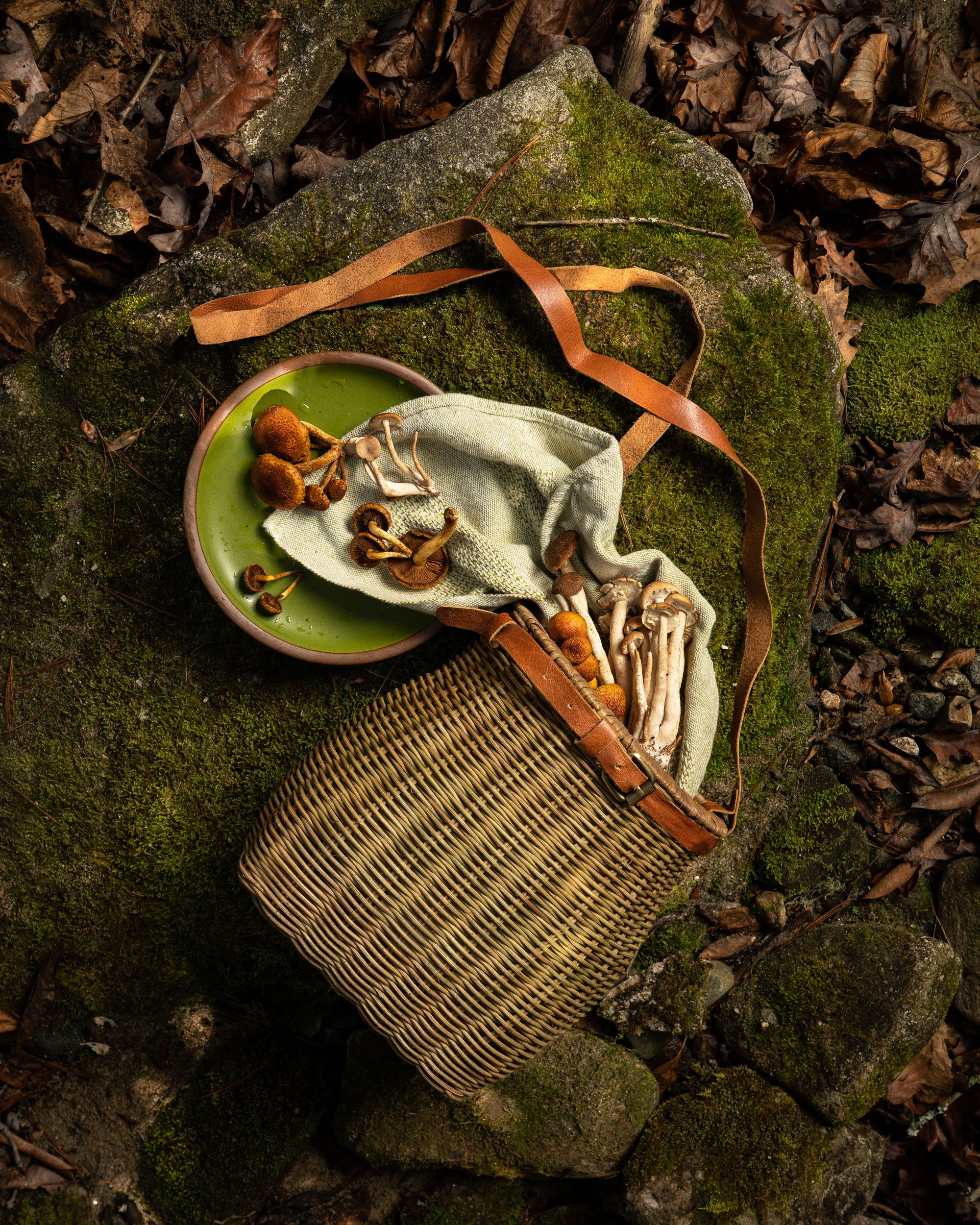
A Feast for the Forager
It’s often said that the best way to learn about a place is to do so on foot. In cities, you get a sense of life as it’s really lived and there’s the magic of stumbling upon unexpected places that don’t make the travel articles. But when you apply the same concept to unpopulated areas, on long walks in the wilderness or along coastlines, the experience can be even better, especially if you’re into looking for edible things like mushrooms or roots that grow wild.
Here are a few suggestions for places you might visit and spend some time foraging. Disclaimer: Always be 100% certain of the identification of anything you forage. Many edible plants, roots, mushrooms, etc. look a lot like others that are harmful if ingested. Likewise, wild aquatic life may not be safe to eat. Forage with an expert until you’re an expert yourself: that’s our advice. More disclaimers: Learn the rules about foraging on public and private lands, parks, etc. and any protected species that cannot by law be harvested before you set out. Take only what you intend to use, and don’t uproot a whole plant if you only plan to use the leaves. And finally, leave plenty behind: aim to take no more than 10% of whatever wild edible you happen upon.
Western North Carolina
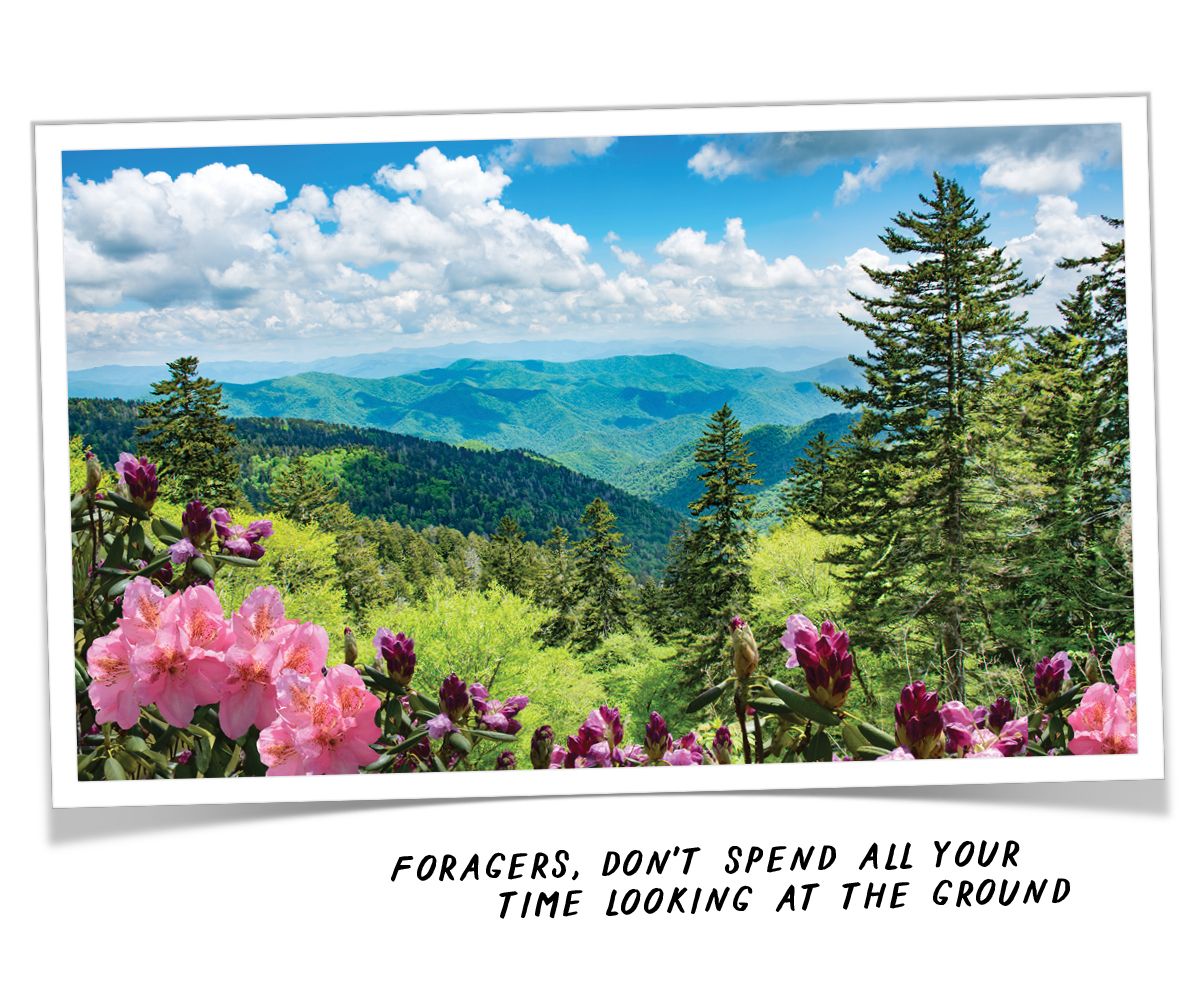
East Fork’s home is also one of the great places in the United States to forage. Our forests here in the Blue Ridge Mountains draw those on the hunt for greens like chickweed and sochan, roots like burdock, chicory and sassafras, among myriad berries, seeds and nuts, but the region is perhaps best known as a place to find mushrooms. Those who set out on mushroom hunts will find lobster, hen of the woods, chicken of the woods, chanterelle, morels and many others.
Willamette Valley, Oregon
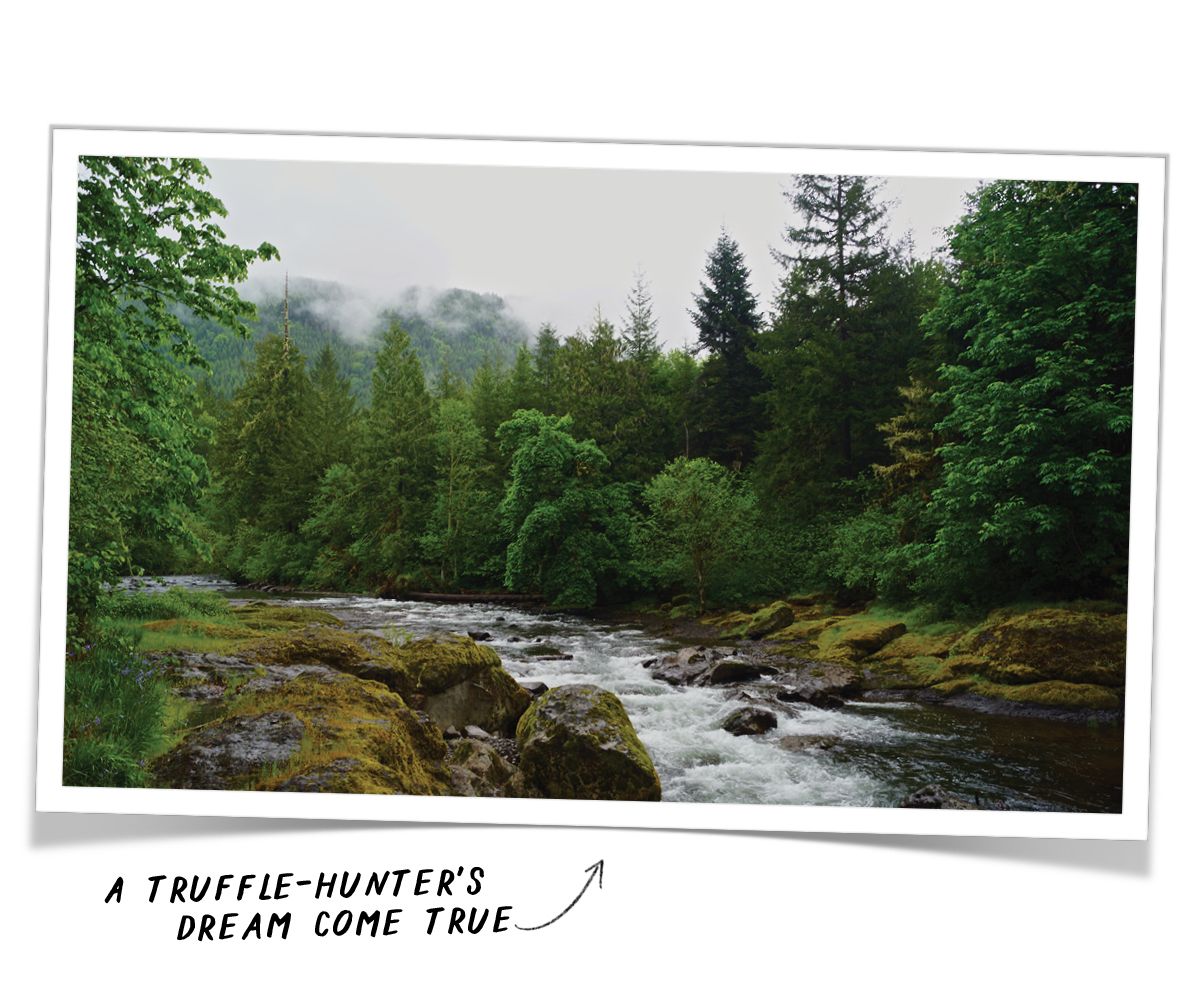
The Willamette Valley is known for many things: its natural beauty, the 600+ wineries found there, among many other reasons to visit, including the abundance of truffles that grow in the root systems of trees, most commonly the ubiquitous Douglas fir. Harvest season runs from November to May. The Willamette Valley’s cool climate, steady rainfall and shady forests all support the growth of this coveted fungi. Four native species grow in Oregon: the Oregon Winter White Truffle, the Oregon Spring White Truffle, the Oregon Black Truffle, and the Oregon Brown Truffle.
Coastal and Woodland Scotland
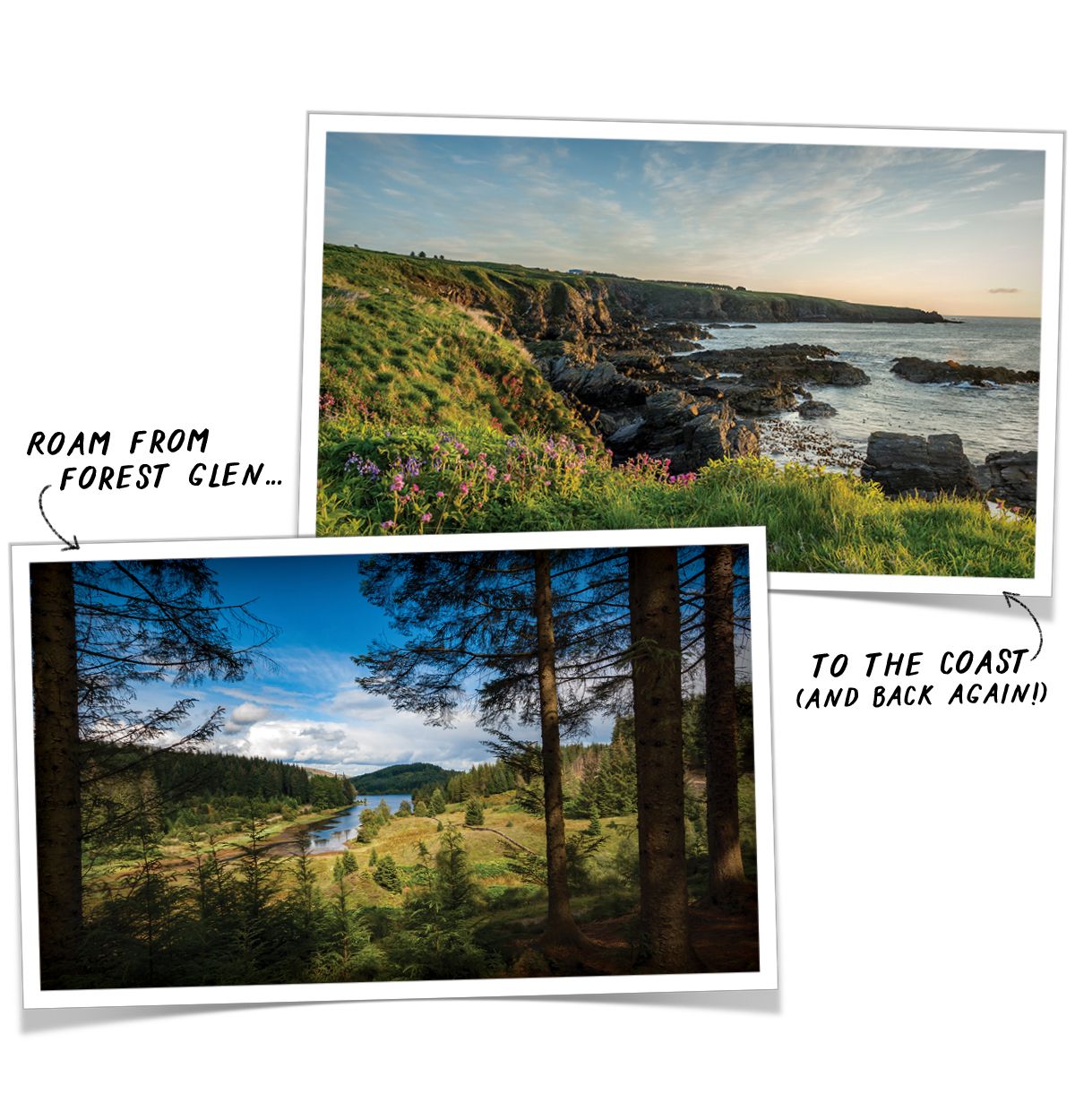
You’ll find mussels, razor clams, cockles, limpets and winkles along the coastline, dulce on the beaches, sea buckthorn berries on shrubs and, if you bring some pots, lobsters are yours for the harvesting, too. Heading inland to Scotland’s forests, you’ll find dozens of species of edible wild mushrooms, especially in autumn when they are most abundant. Summer is for picking berries like blackberries, sloes and juniper berries. Scotland’s Outdoor Access Code allows people to wander (and forage for their own consumption, not for commerce) anywhere they wish, as long as they act responsibly, respect others’ privacy and obey any signs that express prohibit entry to certain lands. This law, often called the “right to roam” is similar in spirit to laws found in, among other European countries, Estonia, Norway and Sweden.
Tide Head, New Brunswick, Canada
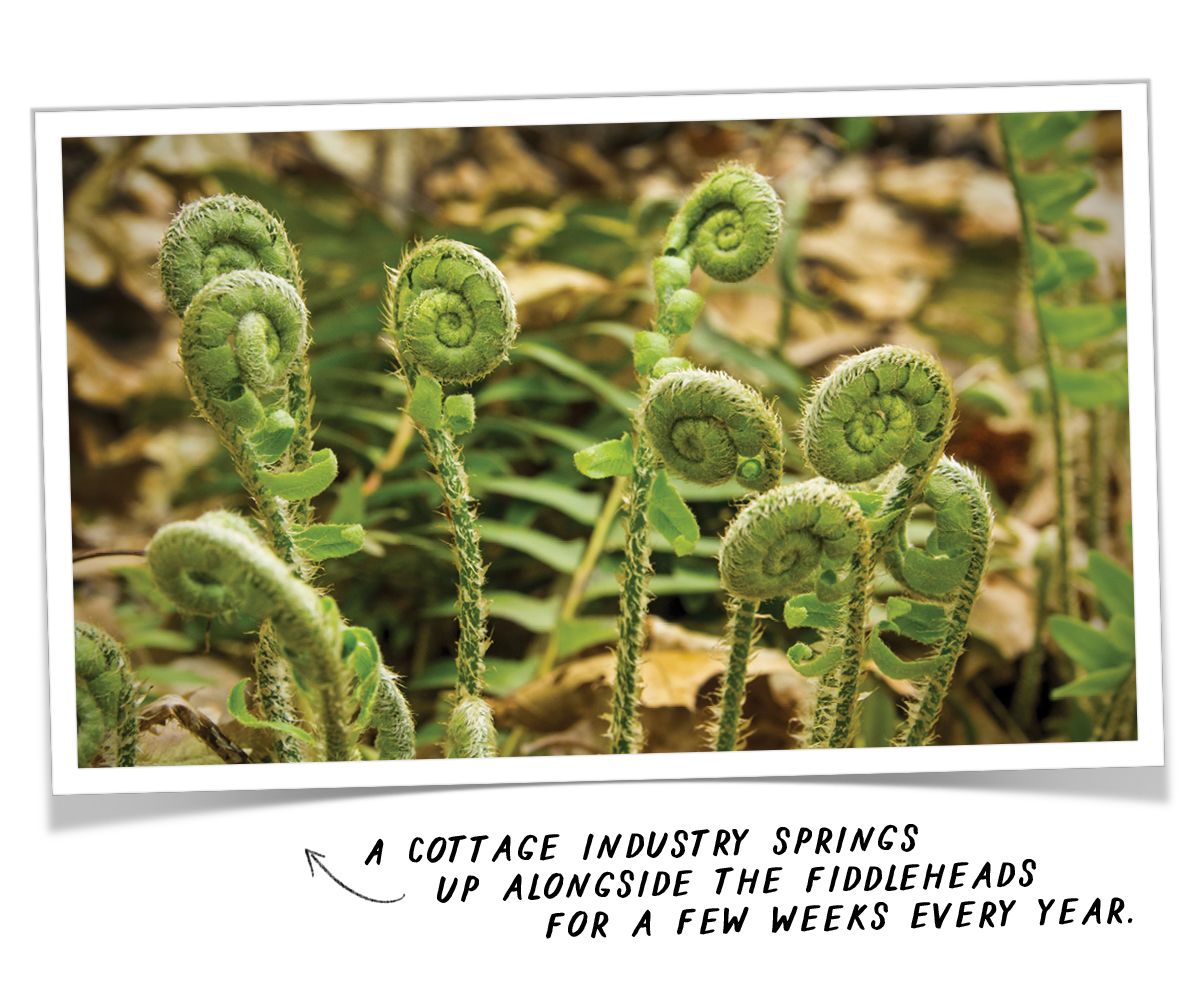
We couldn’t not mention the village that bills itself as The Fiddlehead Capital of the World. Every year, for the brief season that starts in mid-May, the banks of the Restigouche River and its island teem with foragers. The abundance makes its way to the menus of nearby restaurants, roadside stands, and, of course, the foragers’ kitchens. A portion of the fiddleheads also gets shipped to customers in places where fiddleheads aren’t nearly so abundant.
